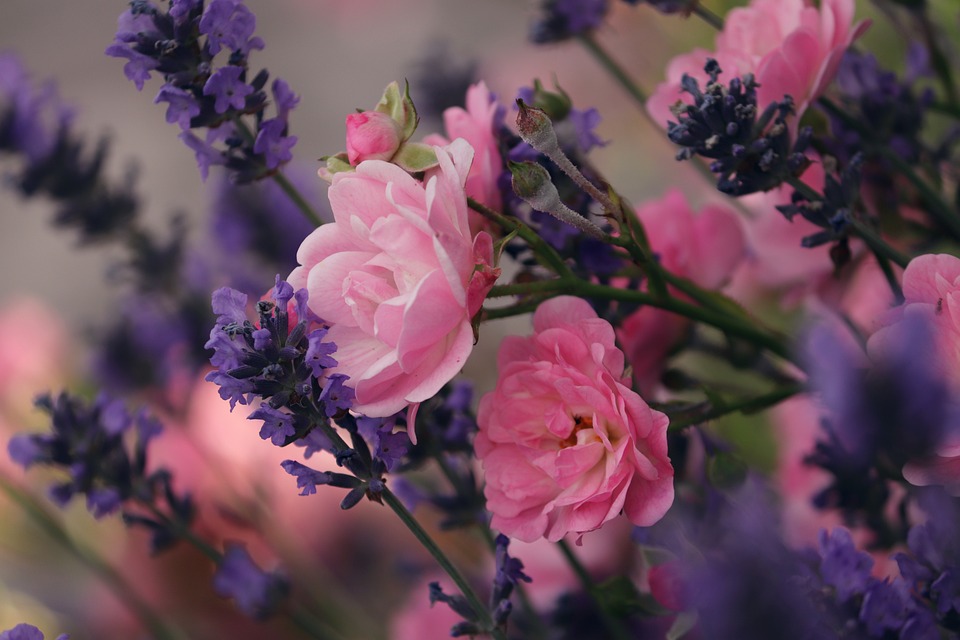Lavender is a favorite among gardeners as its sweet scent and vibrant colors can enhance any landscape. But did you know that lavender companion plants can help elevate the beauty and health of your garden?
Companion planting is the practice of growing different plants together for the benefit of both species. When it comes to lavender, companion planting can promote optimal growth and improve soil quality, making it a win-win situation for both the gardener and the plants.
One of the best lavender companion plants to consider is the Russian Sage. This tall, silvery-gray perennial will complement the vibrant purple shades of the lavender plant. Plus, it attracts beneficial insects like bees and butterflies, which contribute to pollination and enhance the health of your garden.
Another great companion plant for lavender is the Catmint. This perennial herb shares a similar appearance to lavender, with blue-purple blooms that will complement and contrast the lavender’s flowers. Catmint is also known to repel unwanted garden pests like ants, aphids, and squash bugs, which could threaten the health of your lavender plant.
If you want to add some contrasting colors to your garden, try planting Yarrow alongside your lavender. Yarrow’s bright yellow, pink, or red flowers can create a stunning pop of color next to the calming hues of lavender. Additionally, yarrow has a natural astringent agent, which can help keep the soil around your lavender plant less prone to fungal diseases.
Another option to consider for your lavender companion plants is the Echinacea or Coneflower. This hardy perennial plant features bright blooms with deep purple petals and orange-yellow centers, making it a perfect contrast to your lavender plants. Echinacea can also attract beneficial insects like ladybugs and lacewings, which feed on harmful insects, such as aphids, and help keep your garden healthy.
Finally, the Dianthus is another great option when it comes to lavender companion plants. This easy-to-grow plant features pink, red, or white shades that can create a beautiful contrast with the lavender’s purple flowers. Dianthus is also known for attracting beneficial insects like bees and butterflies, making it an excellent choice for companion planting.
When incorporating lavender companion plants into your garden, it’s important to keep in mind some basic companion planting principles. First, consider the spacing between your plants. Be sure to leave enough room around each plant to allow proper air circulation, which helps prevent the spread of fungal diseases.
Second, be mindful of the type of soil your plants need to thrive. Some plants, like lavender, prefer well-drained soil with a slightly alkaline pH level. Others, like catmint and Russian Sage, thrive in dry, rocky soil with a slightly acidic pH level. Be sure to research the specific needs of each plant before planting them together.
Lastly, keep an eye out for potential pest problems. Companion planting can help deter pests, but it’s important to keep vigilance on any signs of infestation. Addressing pest problems promptly can prevent them from spreading and damaging your garden.
Incorporating lavender companion plants into your garden can enhance not only the beauty of your landscape, but also the health of your plants. With careful planning, proper spacing, and attention to soil and pest management, you can create a stunning garden full of vibrant colors and scents that will be the envy of all your neighbors.



